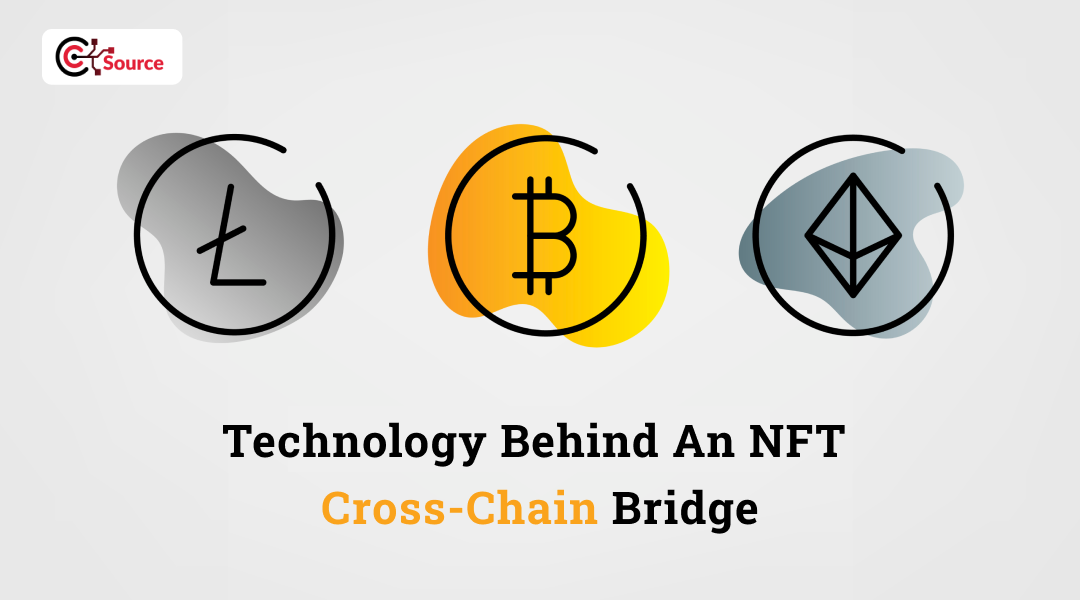It’s no wonder that developers seek to connect all of these programmable chains with “cross-chain” initiatives. As cross-chain compatibility grows more widespread, enabling connectivity and scalability, it is evident that cross-chain interoperability will be the norm in the future. With that in mind, any blockchain developer should make sure to incorporate this into their Web3 apps.
Some, on the other hand, have already deployed smart contracts, tokens, and the like, and would like to allow users to use these aspects on other blockchains. In that situation, knowing how to construct a cross-chain bridge will be really useful.
In this blog, we’ll deconstruct the term “cross-chain bridge” and look into its meaning so you can understand what it means. You’ll be an aspiring cross-chain expert with a strong understanding of what cross-chain bridges are and how they work if you know what they are and how they work.
What is a Cross-Chain Bridge?
Simply by glancing at the phrases “cross,” “chain,” and “bridge,” you may deduce that a cross-chain bridge is used to allow connections or transfers across multiple blockchains. That is, in fact, what it is. A cross-chain bridge is essentially a set of well-written code, including smart contracts, that allows users to transfer tokens (or other crypto assets), smart contract events or instructions, or even data between blockchains. As a result, despite the fact that the two chains are different, a cross-chain bridge assures that they work together safely.
How does a Cross-Chain Bridge Function?
Bridges that are well-designed take into account three crucial elements of the chains they connect.
- Data availability: All blockchain data must be made publicly available and accessible to the bridge.
- Withdrawal integrity: If the connected network is compromised, the bridge must ensure that all honest user payments can be withdrawn.
- Protocol liveness:: the bridge must ensure that transactions can be completed.
By deploying their security model independent of the blockchain networks it connects, bridges assure the liveness and security of user funds. Any rewards or incentives from the chains are separate from the bridge’s incentives.
This also means that depending on the bridge, the stake will appear differently. Some bridges may have nodes that form blocks on their own (such as Axelar). Those staking to relay nodes or oracles to support the network’s security are rewarded even if they don’t have any form to make blocks (like deBridge).
From a technical standpoint, there are three approaches:
- Light client-based bridge:: These bridges are frequently linked to the other chains via their security models, and they rely largely on them for protocol liveness and withdrawal integrity.
- Oracle-based bridge: Oracle-based bridges are simple to set up, although they are more centralized than other bridges. These bridges lack a blockchain, but they do have their own security architecture to keep them alive, and they can handle quick transaction times, withdrawal integrity, and data availability.
- Cross-Chain Liquidity bridge: These bridges have their own supported protocols, strong incentives, and their own technique for maintaining data availability, withdrawal integrity, and liveness.
What Makes a Robust Bridge?
For connecting more than two chains, bridges with independent security outside of the chains they connect are the best. These bridges should also have a reasonable incentive structure that encourages validators or oracles to provide consensus or broadcast facts reliably across chains.
In order to keep transaction fees low, relay transactions promptly, and provide correct data representations, good bridge architecture must strike a balance between rewarding infrastructure providers and keeping transaction prices low.
Bridges have two major issues that must be addressed. To begin with, fees—transferring huge amounts of money between chains is costly. Token holders have to use exchanges to transfer funds across chains in the past. Transfers are charged a fee by both centralized and decentralized exchanges. The higher the value of the assets being transferred, the higher the price.
Second, the transfer times are very long. When transferring significant sums of money across chains, token holders want to leave nothing to chance. The last thing anyone wants during a transfer is for their funds to become stranded between chains with significant latency.
Conclusion
Cross-chain bridge technology has advanced significantly in recent months, allowing users to transfer assets between a variety of networks. There is currently a $7.6 million total value locked across these platforms between eight separate bridges.
Cross-chain bridges, on the other hand, require patience and some prior knowledge gained from walkthrough articles and step-by-step instructions on how to use blockchain bridges. If mistakes are made, funds can be lost, hence users should always conduct due diligence before using any cross-chain bridges or decentralized finance (Defi) applications in general.

